Learn more about rooms with a view
The period from 1640 to 1660 is one of the most important in English history, and indeed in European history generally. Not only did this period see the trial and execution of a king and the transfer of power from the monarch to the Parliament. Elsewhere in Europe, in the context of the Thirty Years War, these events were watched with extreme interest, as many places were rocked by civil disturbances and political drama, of which the circulation of news formed an important part.
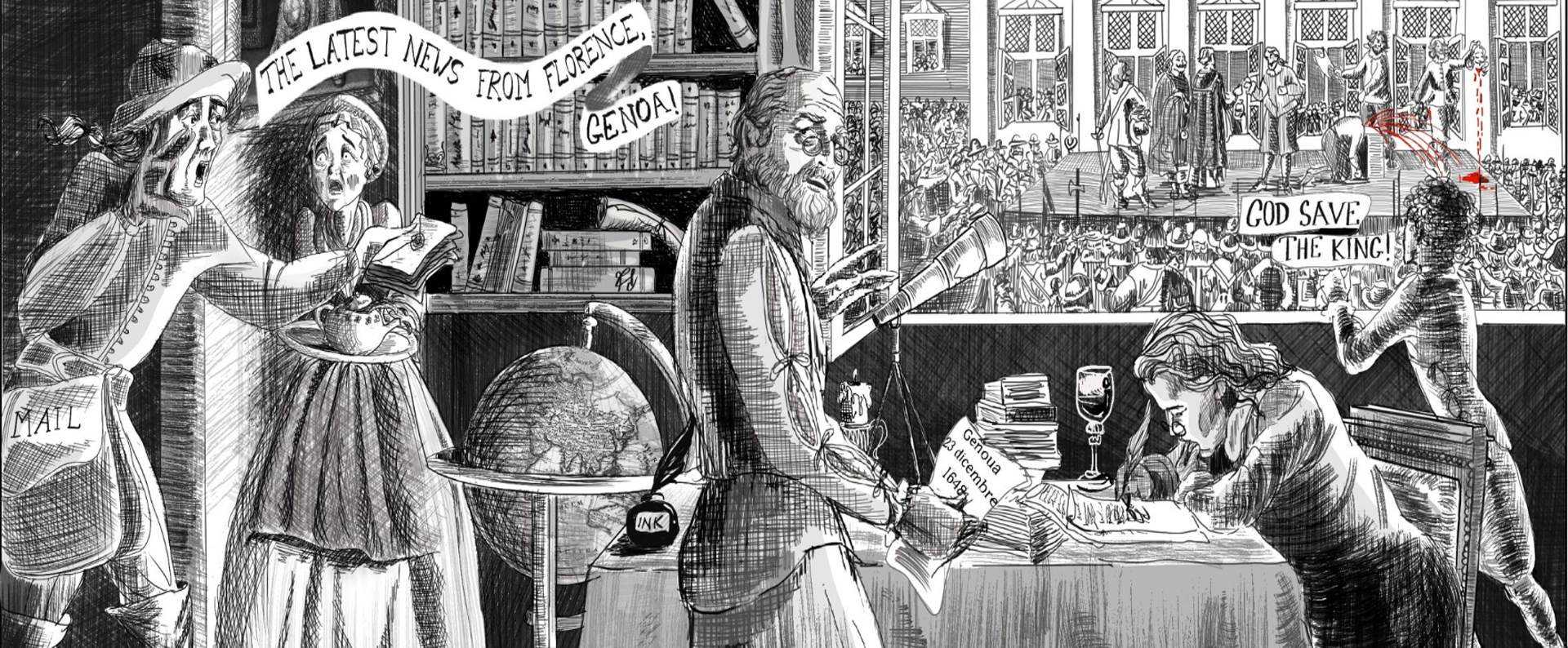
The
Salvetti Connection
Particularly in Florence, curiosity was intense; and the Florentine resident, Amerigo Salvetti, succeeded by his son Giovanni Salvetti Antelminelli, chronicled what was going on from day to day throughout our period, sending reports back to an eager audience in Florence. These reports are among the main items in this exhibition. Amerigo Salvetti was appointed in 1618, and held his post until 1657 when his son Giovanni took over.
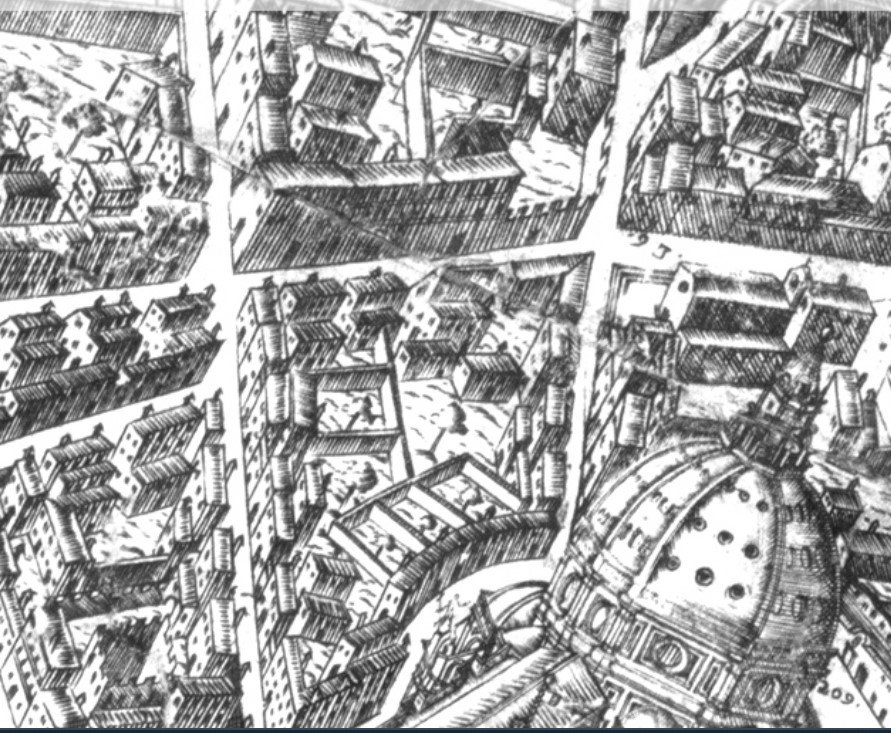
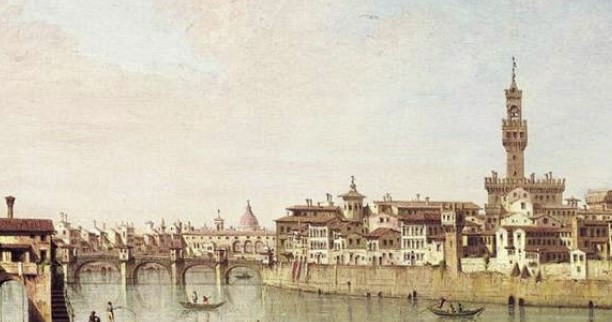
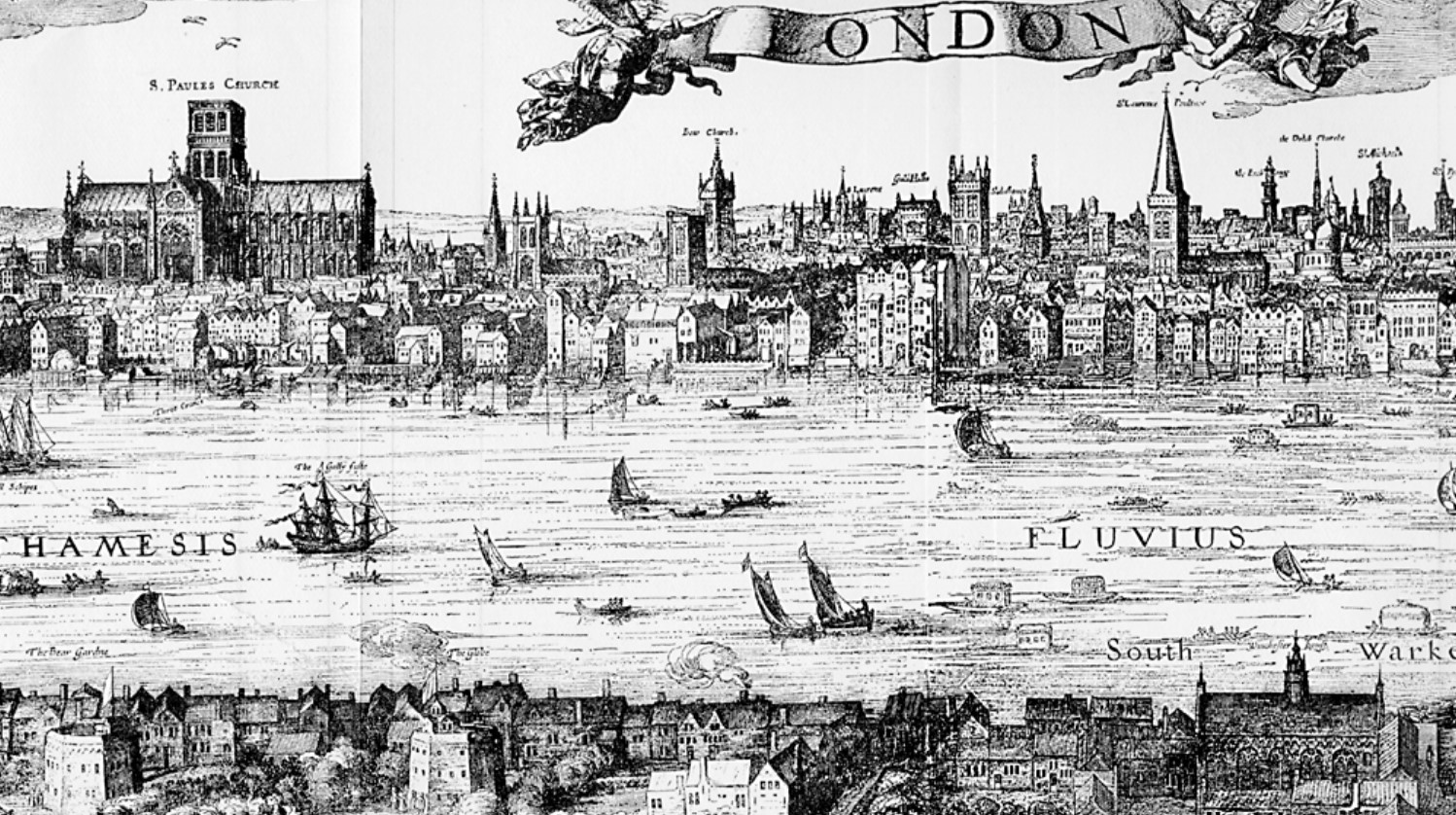

The correspondence on the whole represents a treasure trove not only for scholars of diplomatic, political, religious, and cultural history of the Stuart and Restoration period, but also for those studying the relations between England and and Europe, in particular, the Grand Duchy of Tuscany. The EURONEWS project is currently at work on a digital edition of this correspondence, in collaboration with Stefano Villani, the author of curated and annotated transcriptions of many of the most important documents. Indeed, the special perspective on the British Isles, seen from the vantage point of a Florentine observer, illuminates much regarding English, Scots and Irish history in one of the crucial periods of rebellion, resistance and civil war.
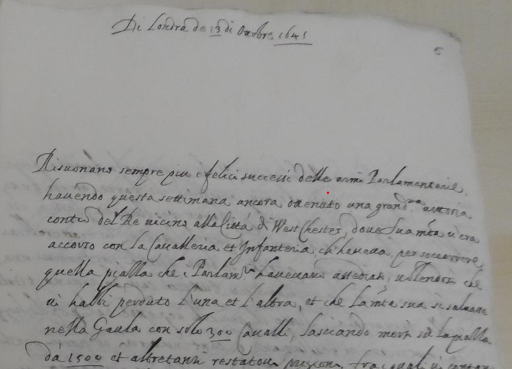
WHAT AN AGE!
The Exhibition considers the highlights of these years, and of these documents, from the first stages of the English Revolution to the beheading of King Charles I, to the establishment of the Protectorate under Oliver Cromwell, to the eventual fall of the last Protector, and the reestablishment of the monarchy under Charles II. Exhibits feature the persons, places and documents that made up this epoch-making period in the history of England and the Western world. What did Florentines hear about what was going on? How did the information make its way across Europe? What interests were being served? What was the effect?

